1. Always Keep Both Hands on the Wheel
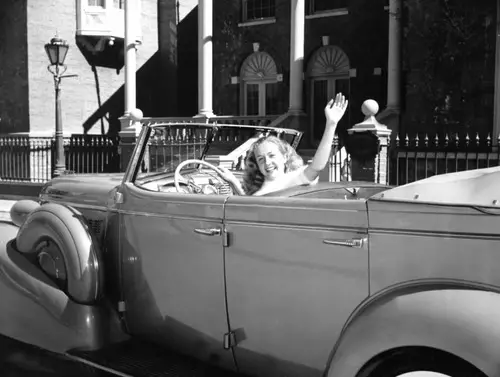
Back in the day, driver’s ed instructors drilled this rule into every student: hands at 10 and 2 o’clock. These days, newer techniques recommend 9 and 3 or even 8 and 4 for safety with airbags. But the principle remains—keeping both hands on the wheel gives you better control, especially during sudden maneuvers. Modern distractions like phones and infotainment systems make this old-school advice more relevant than ever. When you’re tempted to drive one-handed, remember that quick reaction times often require both hands ready to steer. Keeping both hands on the wheel isn’t just about safety; it’s about forming habits that ensure consistency in all driving conditions. Proper hand placement gives you better leverage for sharp turns, evasive actions, and even simple adjustments on winding roads.
Additionally, this rule promotes mindfulness. With both hands engaged, you’re less likely to succumb to distractions like fiddling with the radio or sipping coffee. Instructors emphasized this not to be overly strict, but because it genuinely enhances your control over the vehicle. Even though power steering has made driving physically easier, proper hand positioning remains crucial. It’s also a matter of readiness—you never know when you’ll need to react quickly to an unexpected hazard. Revisiting this timeless piece of advice could be the difference between a near miss and an accident.
2. Signal Well in Advance

Instructors used to emphasize signaling a good 100-200 feet before making a turn or changing lanes. It wasn’t just about following the rules; it was about giving other drivers ample time to react. These days, many drivers barely tap their signals, if they use them at all. Reintroducing this habit could prevent confusion and accidents. A well-timed signal is a small courtesy that makes the road safer for everyone. Signaling properly is especially critical in heavy traffic or at high speeds, where split-second decisions can have major consequences.
Signaling isn’t just for cars immediately around you—it’s also a way to communicate with pedestrians and cyclists. Ignoring this rule creates unnecessary risks, especially in urban areas where multiple road users share the same space. Old-school instructors emphasized signaling as part of a larger lesson about anticipation. You’re not just driving your car; you’re participating in a dynamic flow of movement. When you signal early, you’re acknowledging that flow and contributing to its safety and efficiency. Learn more about proper signaling from AAA.
3. Adjust Your Mirrors Before Starting the Car

Old-school driver’s ed taught students to set their mirrors as part of their pre-drive checklist. It’s tempting to skip this step in the rush to get going, but properly adjusted mirrors minimize blind spots and improve overall visibility. Neglecting this can lead to close calls or worse. Taking 30 seconds to check your mirrors ensures you’re ready for whatever the road throws at you. This is one of those basics that never goes out of style. For detailed tips, check out Consumer Reports.
Additionally, adjusting your mirrors isn’t just about what you can see—it’s also about what you feel. Knowing that your mirrors are set correctly can boost your confidence behind the wheel. This simple step aligns your mindset with the task of driving, making you more attentive. Modern technology, like rearview cameras, can complement but not replace the function of properly positioned mirrors. Keeping this habit also sets a good example for young or new drivers. By prioritizing visibility, you’re actively reducing your risk of accidents and reinforcing a proactive driving approach.
4. Check Your Blind Spots, Every Time
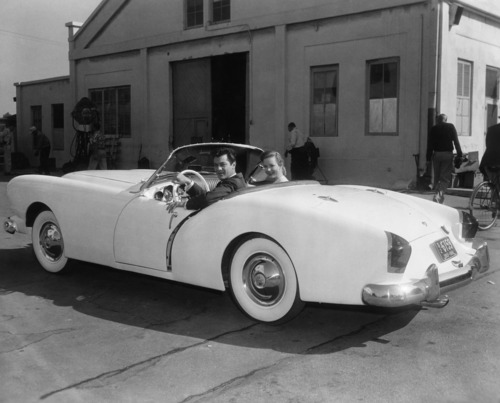
Before changing lanes or merging, drivers were always taught to physically turn their heads to check blind spots. While modern tech like blind-spot monitors is helpful, it’s not foolproof. A quick glance over your shoulder ensures there are no surprises lurking beside you. It’s a habit that can save lives, and yet so many drivers overlook it. Mastering this old-school rule gives you a critical edge in avoiding accidents. More on blind spot safety can be found at National Safety Council.
Blind spots are notoriously dangerous, especially on busy highways where vehicles often hover in these unseen zones. Over-reliance on technology can lead to complacency, which is why instructors emphasized the physical check. Checking blind spots also keeps you mentally engaged, reinforcing situational awareness. This habit extends beyond lane changes; it’s useful when reversing or navigating parking lots. It’s a simple act that reflects a deeper commitment to safe, thoughtful driving.
5. Maintain a Safe Following Distance
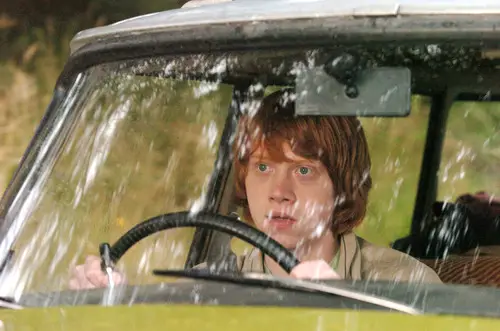
In driver’s ed, students were taught the rule of “one car length for every 10 mph” as a guideline for maintaining a safe following distance. Today, this has evolved into the “three-second rule,” but the underlying principle remains unchanged—tailgating is dangerous. A safe following distance gives you more time to react if the car in front of you stops suddenly or if an obstacle appears in your path. This rule is particularly important in heavy traffic or during adverse weather conditions, where reaction times can be severely impaired. By maintaining a proper distance, you reduce the chances of rear-end collisions, which are among the most common types of accidents.
Keeping a safe distance also helps you stay calm and composed behind the wheel. When you’re too close to the car in front of you, every stop feels like a sudden jolt, increasing stress levels and making it harder to maintain control. By adhering to the three-second rule, you allow yourself the space to react to any changes in the traffic environment. This simple but effective advice is a timeless way to reduce the risks of driving. It promotes defensive driving by encouraging you to anticipate potential hazards rather than react to them. Maintaining a safe following distance not only prevents accidents but also contributes to smoother, more efficient traffic flow.
6. Yield to Pedestrians, Always
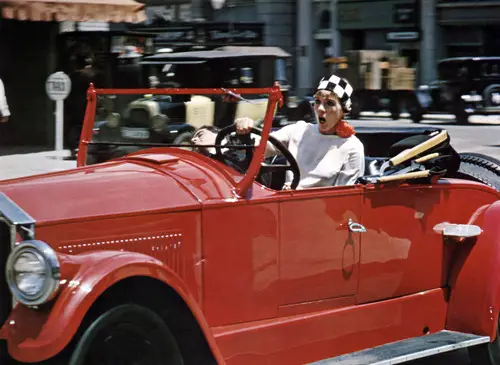
In the past, yielding to pedestrians was a non-negotiable rule in driver’s ed. Pedestrians have the right of way at crosswalks, and even in areas without designated crossings, drivers were taught to be vigilant. Unfortunately, today’s drivers sometimes forget this fundamental rule, often failing to stop or even slow down for pedestrians. Yielding to pedestrians is not only a legal obligation but also a basic courtesy that helps prevent accidents and ensures the safety of the most vulnerable road users. Drivers who are aware of their surroundings and consistently yield to pedestrians help foster a safer and more considerate driving environment for everyone.
This rule is particularly important in urban areas, where pedestrians, cyclists, and vehicles share the same space. By yielding to pedestrians, you’re not just following the law—you’re also helping to maintain a sense of order on the roads. Pedestrian safety is a shared responsibility between drivers and walkers. Failing to stop for a pedestrian can have disastrous consequences, especially if children, the elderly, or individuals with disabilities are involved. By pausing for pedestrians, you’re demonstrating both attentiveness and respect for human life. It’s a small action that can make a big difference in the safety and flow of traffic.
7. Use Your Headlights Wisely

Driver’s ed used to emphasize the importance of using your headlights not only at night but also in poor visibility conditions like rain, fog, or snow. While modern cars often come equipped with automatic headlights, these systems are not always reliable in all circumstances. Knowing when to manually switch on your headlights is an important skill that enhances your visibility and helps other drivers see you. It’s a simple habit that can easily be forgotten, but it’s essential for safe driving. If you’re unsure whether you need your headlights, it’s always safer to turn them on. Visibility is crucial, especially when driving in inclement weather or at dusk.
In addition to improving your own visibility, using your headlights in low-light situations also helps you communicate your presence to other drivers. Many accidents occur because one vehicle didn’t see another, especially in foggy or rainy conditions. Headlights make a vehicle more visible from a distance, allowing other drivers to react more safely. In some areas, it’s even the law to use headlights in certain weather conditions, further reinforcing their importance. So, don’t wait for the dark of night—use your headlights as a preventative measure when visibility is reduced. It’s a small action that can make a huge difference in your safety on the road.
8. Come to a Complete Stop at Stop Signs
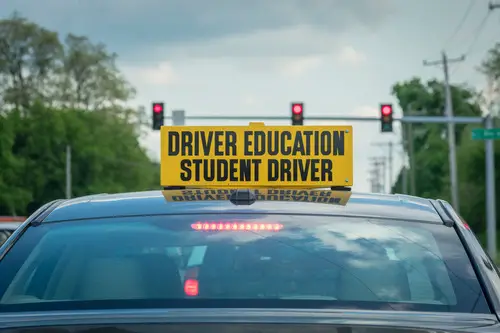
In traditional driver’s ed, the importance of coming to a full stop at stop signs was emphasized repeatedly. Instructors would often monitor students to ensure that they fully stopped and looked both ways before proceeding. Despite the fact that it’s one of the simplest rules of the road, rolling through stop signs remains a common infraction today. Failing to stop completely at a stop sign can result in accidents, especially if you fail to check for cross-traffic or pedestrians. A complete stop gives you the opportunity to assess your surroundings carefully and make sure it’s safe to proceed.
Coming to a full stop also prevents unnecessary accidents and can help you avoid costly tickets. The simple act of stopping, even for a few seconds, can mean the difference between safely entering an intersection and colliding with another vehicle. In addition, rolling stops can lead to a false sense of security, making you think it’s safe to proceed when it isn’t. Stop signs are placed to control the flow of traffic and reduce the risk of collisions. Fully stopping, looking both ways, and ensuring no one else is coming is the most responsible approach. Adhering to this rule will make the roads safer for everyone and will help you stay out of trouble with law enforcement.
9. Watch Your Speed in Residential Areas

Speed limits exist for a reason, particularly in residential areas where children, pets, cyclists, and pedestrians are more likely to be present. In driver’s ed, the emphasis on respecting speed limits in neighborhoods was paramount. Even if you’re running late, maintaining a slower pace is crucial for preventing accidents. Residential areas are often filled with driveways, parked cars, and tight corners, all of which require you to be extra cautious. Adhering to posted speed limits helps reduce the likelihood of accidents and injuries, especially in areas with unpredictable pedestrian traffic.
In addition to safety, driving slowly through residential areas demonstrates consideration for others in the community. The risk of an accident goes up when drivers speed through neighborhoods, and the potential consequences are much worse for pedestrians and cyclists than for those in vehicles. The patience you show by driving within the speed limit can make a huge difference in preventing a tragedy. Children, especially, may not be as aware of their surroundings, so it’s up to drivers to be vigilant. When you slow down, you’re not just following the law—you’re helping create a safer and more considerate environment for everyone.
10. Don’t Ride the Brakes on Downhills
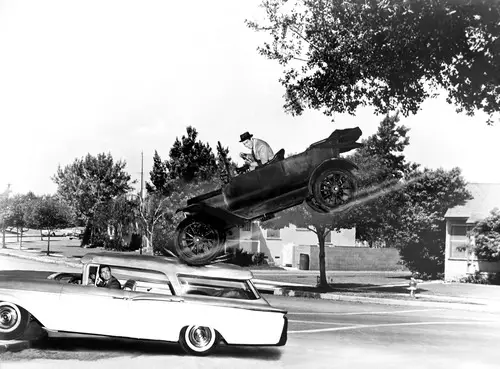
One classic piece of advice that driver’s ed instructors often passed down was to avoid riding the brakes when descending steep hills. Constantly braking can lead to overheating of the brakes, reducing their effectiveness when you need them the most. Instead, the old-school approach was to use lower gears, which provide engine braking that helps control your speed without straining the brakes. This technique is especially important when you’re driving down long, steep hills, where brake failure could have catastrophic consequences. In situations like these, engine braking is a safer and more reliable method of slowing down.
Riding the brakes can also increase wear and tear on your vehicle, leading to expensive repairs and potential breakdowns. Using lower gears not only conserves brake life but also provides a smoother, more controlled descent. This technique is especially helpful for trucks, RVs, and larger vehicles that have more mass and require greater stopping power. Learning how to properly use engine braking can prevent a dangerous situation where you lose control of the vehicle. It’s a habit that every driver should incorporate into their skillset, especially when navigating downhill roads.
11. Keep a Hand on the Parking Brake
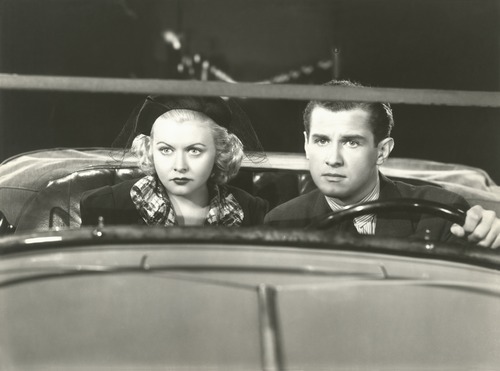
In traditional driver’s ed, using the parking brake was an essential part of parking on an incline or decline. Even in modern cars with automatic transmission, the parking brake provides an extra layer of security, preventing the vehicle from rolling. Although many newer vehicles have automatic parking brakes, manually engaging the parking brake is still a good practice, especially on steeper hills. This small step ensures that your vehicle stays securely in place and reduces the likelihood of a rollaway accident. It’s a habit that can provide peace of mind for both you and others around you.
The parking brake is especially important when parking on inclines, where the force of gravity could cause the vehicle to move if the brake isn’t engaged. Even if you’re parked on flat ground, using the parking brake ensures that your vehicle stays in place and prevents unnecessary strain on the transmission. It’s a simple but effective step that can save you from future problems, such as an accidental roll. By engaging the parking brake, you’re being proactive about vehicle safety. This old-school rule still holds true and remains an important aspect of good driving practice.
12. Don’t Coast in Neutral

Back in the day, driver’s ed instructors warned against shifting into neutral while coasting downhill. While some may think it’s a way to save fuel, it’s actually a dangerous practice. When your car is in neutral, you lose the ability to accelerate or brake as needed. Staying in gear keeps you in control of your speed and responsiveness, allowing you to react quickly to changing road conditions. It’s a simple but critical piece of advice that ensures you’re fully engaged in the driving process, rather than relying on coasting to save a little gas.
Coasting in neutral may seem harmless, but it reduces your control over the vehicle in crucial situations. Modern cars are designed to perform best when they are in gear, giving you more control over both acceleration and braking. If you’re coasting downhill, it’s essential to stay in gear to help you navigate more safely. This rule is all about remaining alert and engaged while driving. If you want to maintain full control over your vehicle, make sure it stays in gear and avoid unnecessary coasting in neutral.
13. Be Extra Cautious at Railroad Crossings

Driver’s ed classes used to emphasize the importance of slowing down and checking both ways at railroad crossings, even when the signals were not active. Even though you might not see a train, trains can come unexpectedly, and the consequences of a collision can be devastating. Today, many drivers neglect this rule, often rushing through crossings without taking a moment to look or listen for a train. This dangerous behavior can lead to fatal accidents, especially in rural areas or at less-traveled crossings. Taking an extra few seconds to check for trains can prevent these types of tragedies.
Railroad crossings are some of the most dangerous intersections for drivers, so it’s critical to slow down, look both ways, and listen for the sound of an approaching train. Many crossings lack active signals, and some may even have malfunctioning signals, making it all the more important to be vigilant. Driver’s ed instructors taught students to always approach crossings cautiously, whether or not there were visible warnings. Even if a warning light isn’t flashing, a train can still be coming. So, always treat railroad crossings with the utmost caution, and follow this simple but life-saving rule.
14. Stay Focused, No Matter What

In the pre-smartphone era, distracted driving wasn’t as much of an issue, but the advice to stay focused behind the wheel has always been central to good driving. Old-school instructors stressed the importance of limiting conversations, keeping the radio volume low, and avoiding distractions that could take your attention off the road. With the rise of smartphones and in-car entertainment systems, the need for this advice has never been greater. Staying focused and alert can be the difference between a smooth drive and a potentially disastrous accident.
Today, distractions come in many forms—texting, calling, navigating, and even just adjusting the infotainment system. These distractions can divert your attention for mere seconds, but in that time, an accident can occur. By staying focused on the road and limiting other distractions, you increase your chances of avoiding a mishap. It’s all about being present in the moment and aware of your surroundings. Even a momentary lapse in concentration can lead to a tragic outcome. So, keep your eyes on the road, your hands on the wheel, and your mind focused on the task at hand.
